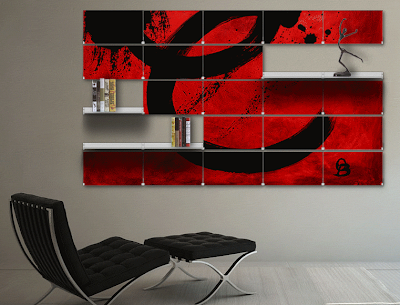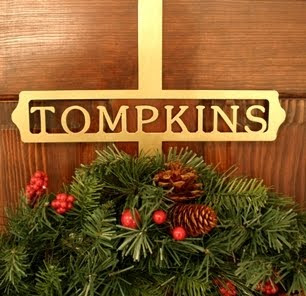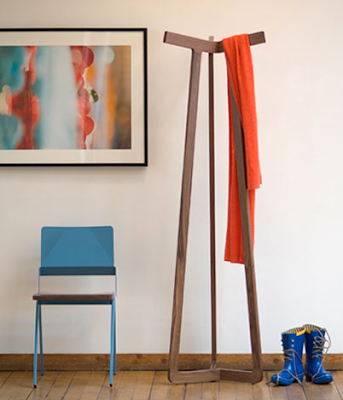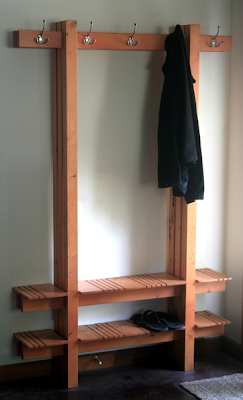
Q: Cardboard, really?
A: YES, really!
So says the Karton Group, which makes this Barnyard Method collection, and other less-fanciful storage furniture — shelving and bed drawers. Karton says, "Our board is made from a mix of virgin and recycled paper (the virgin pulp provides superior strength)." And like many paper-based furniture options, it's relatively inexpensive. [via Shoebox Dwelling]
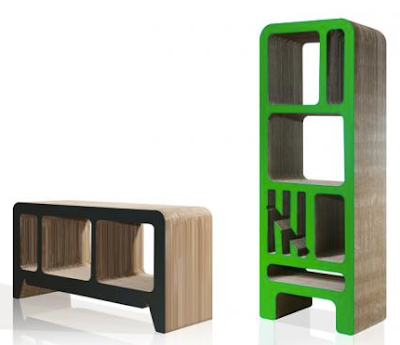
Reinhard Diennes Studio has created two cardboard storage pieces — a sideboard and a bookcase. Each is available in eight different colors, and can be purchased from Fashion For Home.

Shelves2go positions its products as "your dorm room shelving unit made of corrugated cardboard." [via Apartment Therapy] Update on July 14, 2014: The Shelves2go website has disappeared.

Way Basics makes its furniture, including storage cubes and storage bookcases, from zBoards — which in turn are "made almost entirely (99%) from post-consumer recycled paper."

Kroom makes a wide range of products from reinforced cardboard. Here's just one: a bookcase for kids. Although the company is based in Israel, the products are sold in many countries; I found this bookcase on Amazon.com. [via Magnifeco]

And let's end as we began — with some animals. This moose and bear come from The Green Apple; there's also a monkey. Unfortunately, these cardboard bookcases are only available in the U.K.; the company does not ship overseas.
Related Post:
Shelving (and Other Storage) Made from Cardboard and Other Pasteboard























